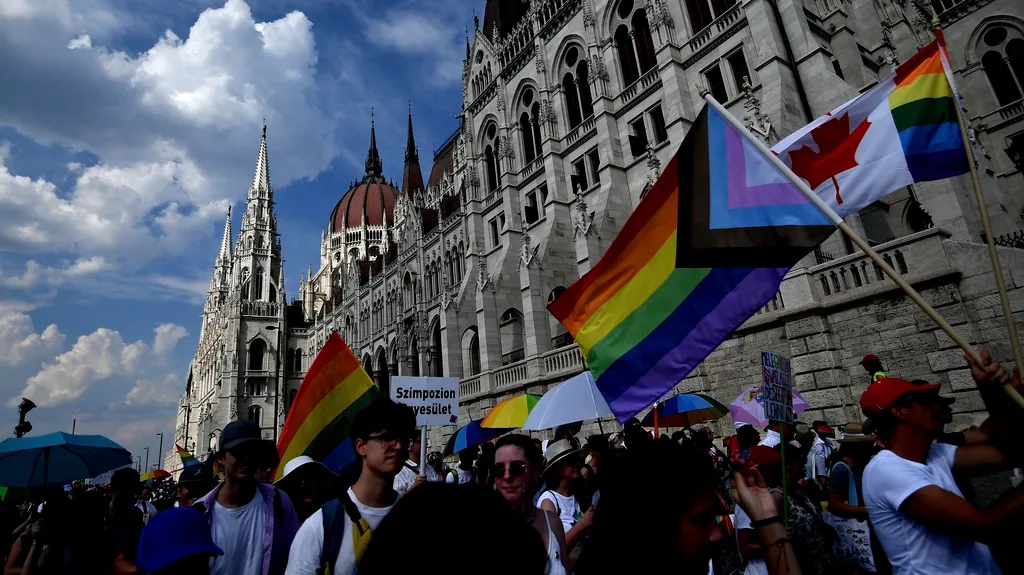August 3, 2016
Over 3,000 Attend Viva La Glam: GMHC's 26th Annual Latex Ball
EDGE READ TIME: 4 MIN.
Over 3,000 people from around the world celebrated the 26th annual Latex Ball, produced by Gay Men's Health Crisis (GMHC), on Saturday, July 30, at Terminal Five. The Latex Ball is the largest in the world for the House and Ball community, and attendees included fashion models, designers, renowned photographers, members of the House and Ballroom community and leadership from community-based organizations.
Every year, the event incorporates a competition, free HIV testing, HIV-prevention materials, and sexual health messaging provided by GMHC and over 20 community-based organizations, as well as the New York City Departments of Health and Mental Hygiene. Admission to the event was free with advance purchase or attendees could pay $30.00 at the door.
"For over 25 years, the Latex Ball has played a critical role as a public health intervention. It also provides a strong sense of community for everyone to unite and highlight contributions from an often marginalized community" said Kelsey Louie, CEO of GMHC. "The ball taps into the creativity, resiliency, and strength of the House and Ball community, and it celebrates and encourages members to support their community health and influence mainstream culture. With an increase in hate crimes and murders of people of color, it is essential that this event continue so that these youth and young adults know that they do matter."
"I am grateful to our co-sponsors Callen Lorde Community Health Center, the Imperial Court of New York, the Design Industries Foundation Fighting AIDS (DIFFA) and AMPNYC.org (an HIV Prevention study), and would like to give significant recognition to the NYC Department of Health and Mental Hygiene and Public Health Solutions," said Louie. "Because of their contribution, we were able to return to our tradition of offering this event free of charge to the community, which helps to further our messages of prevention and community."
This year, the competition categories focused on the theme, "Viva La Glam." A panel of esteemed judges selected individual and team winners. Participants competed amongst one another on the runway for trophies and cash prizes. Prior to the start of the competitions, entertainers performed at the delight of the audience. Awards were based on excellence in performance, creativity, and community service were also given to respected community leaders.
The House and Ballroom community, comprised predominately of black and Latino/a lesbian, gay, bisexual and transgender (LGBT) individuals, is built from an organizational structure of "houses." A house is a club or surrogate family that includes a "house mother," "house father," and "children" who adopt the house name as their surname (e.g., Luna Khan, Father of the House of Khan, etc.). Members of the houses, both young and old, compete in balls and related activities sponsored by various houses and promoters throughout the year. House mothers and fathers often provide support for LGBT youth who have been rejected by their families and faith communities and who otherwise might be homeless.
The House and Ball community lost many members to AIDS at the onset of the HIVepidemic in the 1980s. As a result, in 1989, GMHC and leaders from the ballroom community created the House of Latex Project. GMHC continues to produce the Latex Ball, which links community members with resources to improve health outcomes. Throughout the year, GMHC also conducts outreach at other balls, LGBT youth venues, and through social media to incorporate innovative approaches to HIV prevention and safer-sex messaging. GMHC also hosts mini-balls, known as "kiki functions," that reach hundreds of youth and adults, offers HIV testing and prevention materials, and serves youth who are not affiliated with a house but are part of the broader ballroom community.
The House and Ball community has inspired artists, designers and entertainers nationally and internationally, including Madonna's global hit "Vogue." The community was also chronicled in the 1990 documentary, "Paris is Burning," directed by Jennie Livingston, in which she followed the members of the House and Ball community over the course of seven years. To this day, this movie is still the definitive film about this community.
For more information, visit www.gmhc.org.


